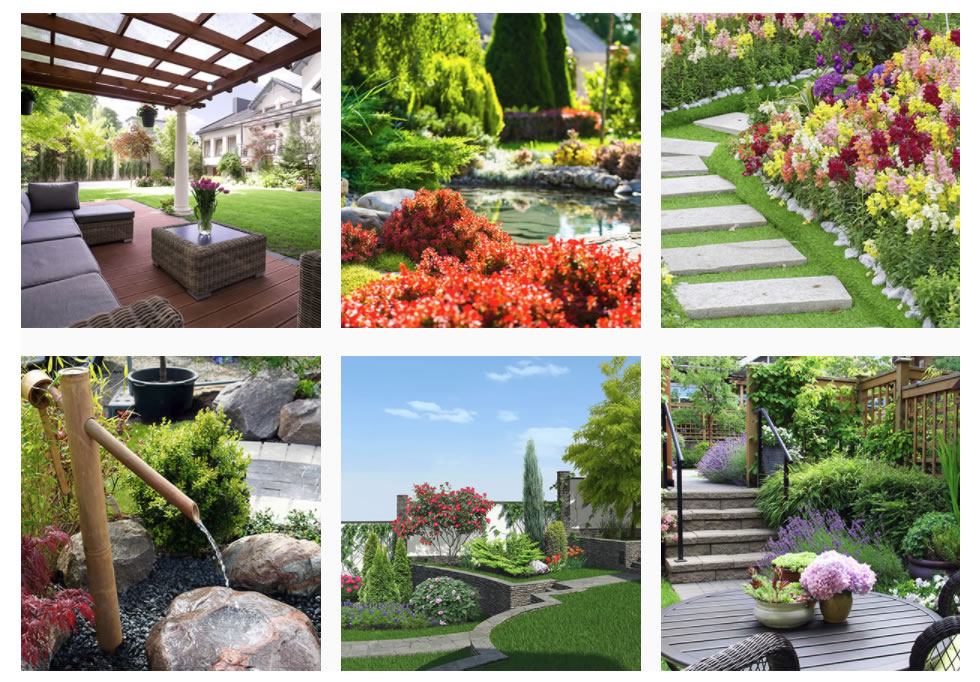
Whether you purchased a newly built home with minimal landscaping or you’re ready to put your stamp on the existing home you just moved into, it can be daunting to decide where to begin to design your outdoor space. You can hire a landscape designer or work with a local nursery to get advice, but you should always start with an assessment of what you want and what you need, just like you did when you were house-hunting.
Planning your outdoor space
Start by assessing where you think you’ll want to spend the most time: in the front of your house, the side or the back yard. Think about what’s there now that you’d like to keep as is and what areas are problems or just need some enhancing. For instance, if you want to increase your privacy or reduce noise from a nearby street, you can decide if you want a tall screen of plants or perhaps to add a water feature.
Homeowners today are taking their outdoor spaces to new levels with fire pits and fireplaces, outdoor kitchens and covered living areas that can be used most of the year. While some of those items can be costly, you can also purchase a simple fire pit inexpensively and upgrade to something more elaborate in the future. If you plan to expand your patio or deck in the future, be sure to incorporate that plan into your initial design.
Besides developing your wish list for how you’ll use your outdoor space, you need to evaluate the lighting and wind impact of various areas. While planting sun-loving or shade-loving species seems pretty obvious, sometimes you have to really watch your sunlight to determine how much sun an area gets and for how long. You may also want to purchase an umbrella or awning to provide shade to you and your guests so you can enjoy your space even on a hot summer days. Wind can be trickier to assess, but you need to consider areas around your home that are often subject to wind that could disperse sparks from your fire pit or damage your plants.
Planting with patience
Before you head to the nursery and spend a fortune on plants, think about how much you really like gardening. If it’s not your passion, be sure to ask about low-maintenance plants and about other solutions such as ground covers, decorative stones and even mulch to provide a clean look without daily weeding. Nurseries often suggest purchasing native plants for your area since they’re easier to grow.
While you may have a vision of your future garden in mind, it can be costly to buy dozens or hundreds of full-grown plants. Anticipate that your yard will change over time and fill in bare spots with less expensive annuals while you wait for your trees, shrubs and perennial plants to get bigger. Be conscious of the future, too, when purchasing expensive trees and shrubs. Remember that some of them could grow to overpower your yard or provide more shade than you want.
Don’t forget the lights and accessories
Part of your planning should also include lighting for safety as well as the ability to use your outdoor space as much as possible. Solar-powered lighting along the ground level can be used to illuminate paths and to highlight plants. Be careful when choosing lighting that it won’t be too bright but offer enough visibility for evening entertaining.
Part of your landscape planning should also include the type of seating you want so that you can fit your hardscape and landscape around lounge chairs, a loveseat, a dining table or a hammock. Outdoor heaters can be a fun addition that lets you use your space even in cooler months.
Above all, plan for flexibility. Your preferences may change over the years.
